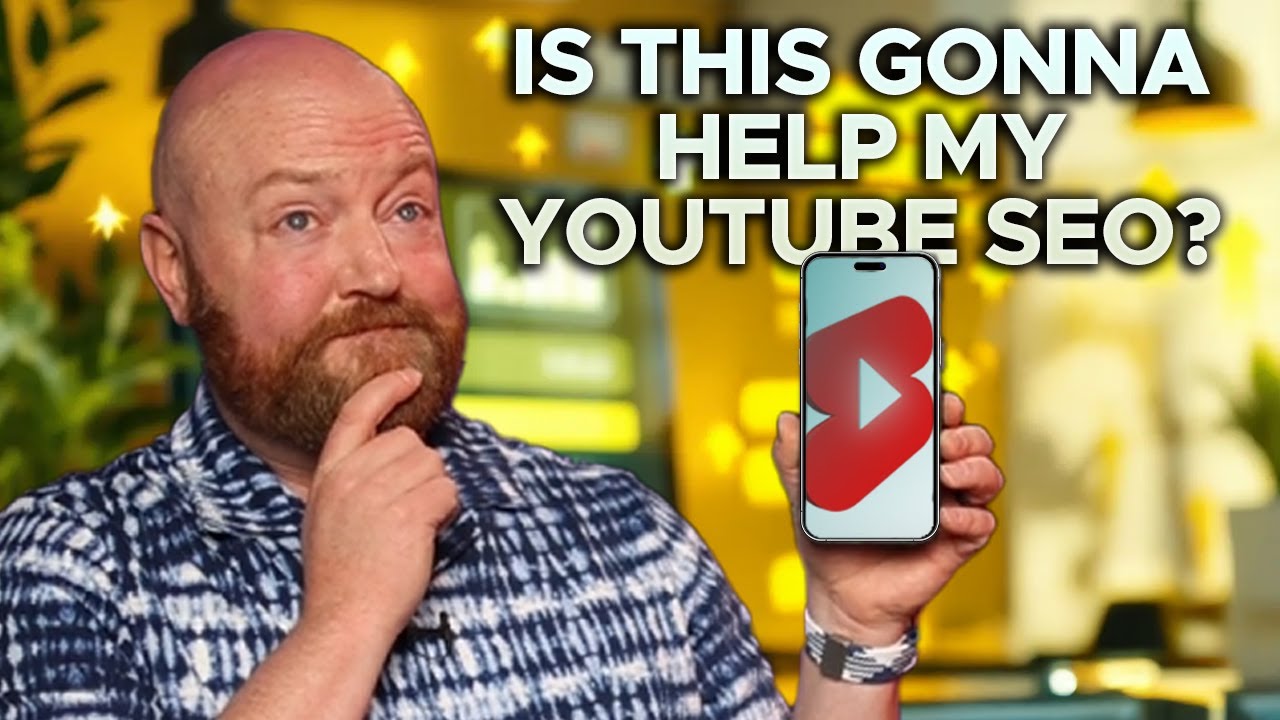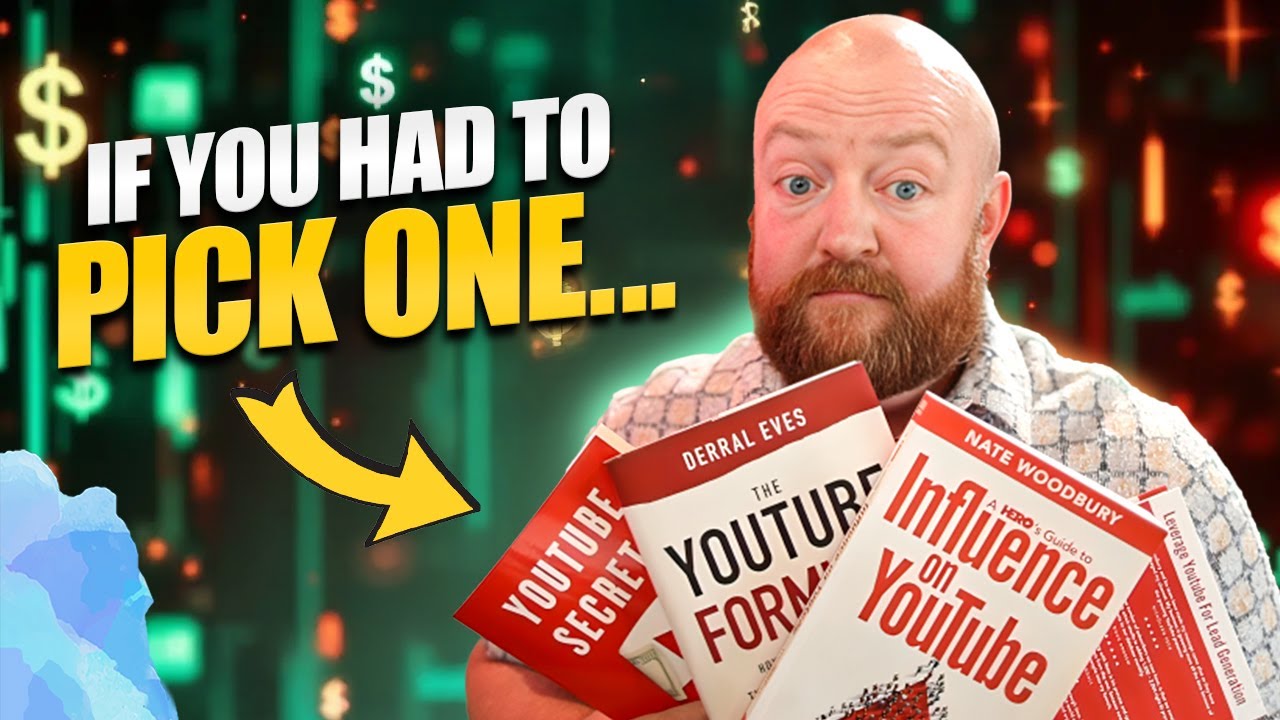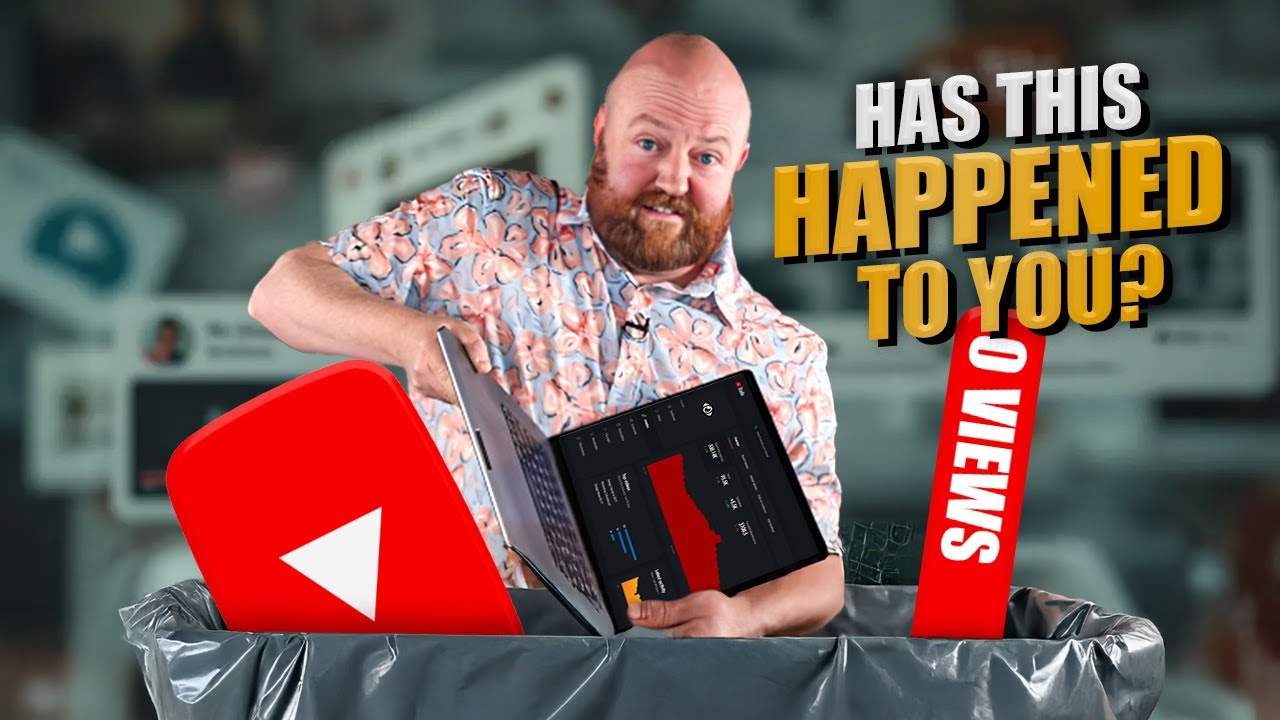In this post, I’m going to show you how to turn your YouTube channel into a real business. I’ve produced over 60 YouTube channels that all generate revenue, so I’ve seen firsthand what works — and what doesn’t.
There are two very different paths on YouTube, and we’re going to break both of them down so you can choose the right one for your goals.
By the end of this post, you’ll know:
- Whether you should turn YouTube into a business
- Or whether you should use YouTube to support your existing business
- And how to approach branding, business setup, and content strategy for both
Let’s dive in.
YouTube As a Business
The first question to ask is:
Do you want YouTube to be your business? Or do you already have a business that you want YouTube to support?
These are two totally different strategies. Here’s what I mean:
If you want to quit your day job and make YouTube your full-time business, then YouTube becomes your client. You’re an independent contractor. YouTube pays you 55% of the ad revenue from your videos. That’s the business model.
So in this model, your job is to create content that gets views, which attracts advertisers — and earns you money from YouTube itself.
YouTube For Your Business
The second path is if you already have a business — maybe you sell products, offer coaching, or run a service-based company — and you want to use YouTube to attract leads and grow your audience.
In this case, YouTube supports your business, but it’s not the business.
This distinction is critical, because it influences everything else — your content, your branding, your setup — even whether you should start a new channel or not.
Should You Start a New Channel?
This is a common question: Can I use my existing channel, or should I create a new one?
It depends entirely on your audience.
If your current subscribers aren’t aligned with your business content — especially if you’re pivoting to educational or niche topics — it’s better to start a separate channel.
Example from My Own Experience:
On one of my channels, I started posting about YouTube strategy. But I also posted a video about hiring people in the Philippines — which unexpectedly took off.
That video attracted a completely new audience — people from the Philippines interested in work opportunities, not YouTube strategy.
Even though the video was successful, it confused the channel’s identity, and future YouTube strategy content performed poorly. I eventually had to start a whole new channel — Nate the Producer — just to get back on track.
So if your current audience isn’t aligned with your future business goals, don’t fight it. Start fresh.
If You’re Focused on Ad Revenue
If you’re in the ad revenue model (YouTube as the business), your success depends on views and subscribers.
Use your YouTube Analytics to find:
- Which videos are most watched
- Which have the highest average view duration
- Which generate the most engagement
Then double down on what’s working. Your audience will show you what they want — you just need to follow the data.
In my case, if I had gone all-in on the content about the Philippines, I could have built a massive channel based solely on that niche — but it wouldn’t have supported my business strategy.
What About Business Branding and LLCs?
If YouTube is your business, you technically don’t need a logo or a business entity to start. You’re just a content creator, and YouTube is paying you.
But if you’re pursuing sponsorships or brand deals, then yes — it’s smart to set up a formal business entity like an LLC.
Now, if you’re using YouTube to support an outside business, you already need that structure in place.
However, don’t plaster your business branding all over your YouTube channel.
Here’s why:
There are two steps to effective video marketing, and most people skip the first one.
- Build a relationship with your audience first.
- Then send them to your website — that’s where they’ll see your branding, products, and services.
So for YouTube, use your name, be personal, and lead with value. Save the business pitch for later.
Two YouTube Strategies — Choose One
Let me show you two books.
- The first is The Leaf Strategy — this is my method for using YouTube to drive leads and support your business.
- The second is The YouTube Formula by Derral Eaves — an incredible guide on how to grow a massive channel for ad revenue.
Both work. But they don’t mix.
I tried to mix them, and it backfired. When I catered to the audience that was growing fast (Philippines content), it killed my YouTube strategy audience.
So choose your strategy. Stick to it.
What To Watch Next
If you want to turn YouTube into a business with ad revenue, definitely check out Derral Eaves’ work. His book The YouTube Formula is fantastic.
But if you want to use YouTube to support your business, then you’ll want to learn the Leaf Strategy.
And the next video to watch is my YouTube SEO Secret Strategy — where I walk through exactly how to dominate search and attract the right audience.
Go watch that video next:
You’ll see how to rank at the top of YouTube and turn your expertise into consistent leads.




